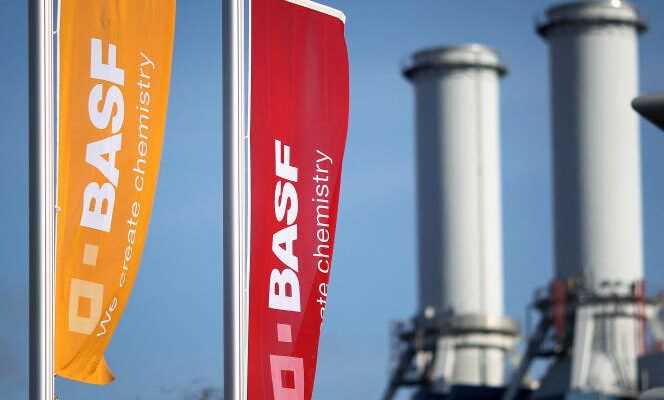The German group BASF, one of the oldest and most emblematic manufacturers of “made in Germany”, intends to cover part of its enormous energy needs by offshore wind. The world leader in chemicals is investing 1.6 billion euros in a partnership with the Swedish Vattenfall to build the largest offshore wind farm in the world, off the Dutch coast, in the North Sea. Announced at the end of June, this is BASF’s first major investment in a renewable electricity production facility.
“Hollandse Kust Zuid”, the name of the future offshore farm, which will come into service in 2023, has symbolic value for BASF. It illustrates the stated desire of the boss of the chemical giant, Martin Brudermüller, to accelerate the rate of decarbonization of his group. By 2030, BASF wants to reduce its greenhouse gas emissions by 30% and achieve carbon neutrality by 2050 at the latest, he announced at the end of March. 4 billion euros will be invested in this objective by 2030. This is a turning point for the group: until now, BASF was only considering stabilizing its emissions and had not formulated any date for carbon neutrality, unlike to its American competitors Dow or Dupont.
Without any subsidy
“We will only achieve our climate goals if we have enough green electricity”, underlined the boss during the presentation of the project. Currently, the BASF group says it emits 21.9 million tonnes of CO2 per year, in particular because of its sources of energy of fossil origin, which must be replaced in the long term by renewable ones. To become carbon neutral, it also plans to transform certain production processes that emit a lot of CO.2 (electric steam cracking is currently in the test phase) and relies on raw materials of plant origin rather than oil, as well as on hydrogen.
Offshore wind power, complex to install and connect to the grid, is known to be more expensive than its equivalent on land or solar power.
The electricity that will be produced by Hollandse Kust Zuid is intended for the BASF factory in Antwerp, on the banks of the Scheldt, the group’s second production site. The wind farm will be the largest such facility in the world. It will have 140 wind turbines, for a total installed power of 1.5 gigawatt. It will supply not only the chemical site in Antwerp, but also other factories of the group, as well as customers of the Vattenfall group. Another originality: it is the first offshore wind installation to come into service without any subsidy.
You have 50.56% of this article left to read. The rest is for subscribers only.
